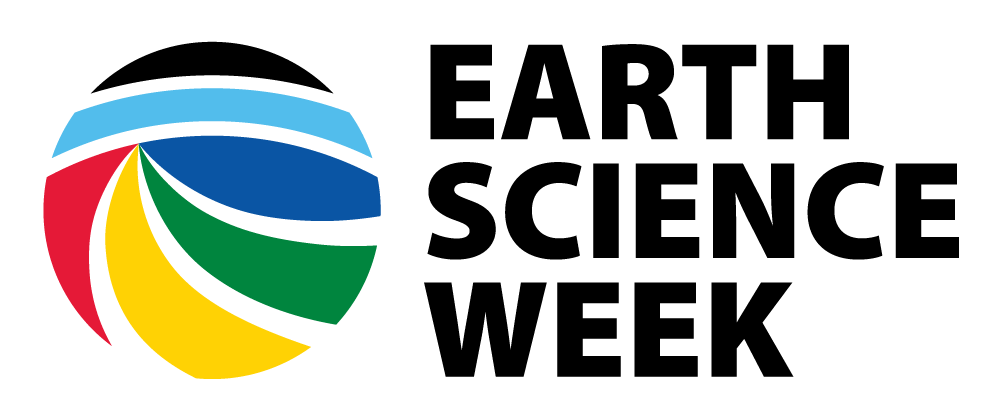The Mountain Blows its Top
The Mountain Blows its Top Activity Source: USGS Learning Web Lesson Plans
Background A volcano is a vent in the surface of the Earth through which magma and gasses erupt. Volcanic eruptions are among the Earth’s most powerful and destructive forces, but volcanoes are also creative. Volcanoes have also shaped the Earth’s landscape, as many of our mountains, islands, and plains have been built by volcanic eruptions.
Mount St. Helens was one of the most powerful volcanic eruptions in recent memory.
[Read More]
